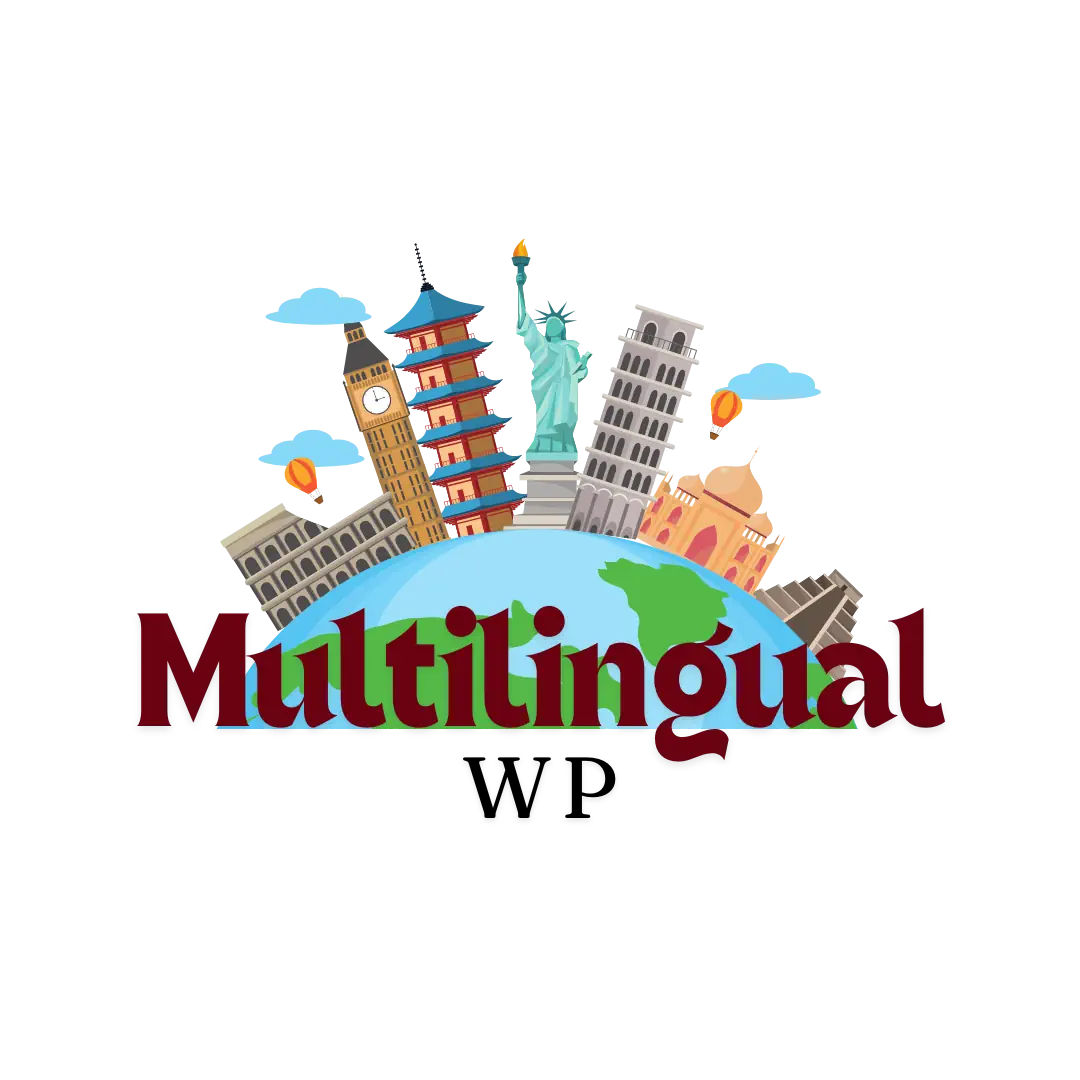Reaching a global audience is essential for businesses aiming to maximize their online presence. One of the key strategies to achieve this is by creating a multilingual website that caters to users in different languages. This article delves into the best practices and strategies for building and managing a multilingual website efficiently.
How to Create a Multilingual Website
When embarking on the journey of creating a multilingual website, there are several crucial steps to consider. Firstly, selecting the right Content Management System (CMS) that supports multiple languages is paramount. Popular platforms like WordPress offer robust multi-language capabilities that ease the translation process.
Implementing a language switcher on your website allows visitors to easily select their preferred language, enhancing the user experience. Furthermore, localizing content for different markets ensures that your message resonates with diverse audiences effectively.
1. Choose the Right Multilingual Plugin or Platform
WordPress Plugins
For WordPress websites, several plugins can help manage multilingual content:
- WPML: A comprehensive solution for creating multilingual websites.
- Weglot: An easy-to-use plugin that supports over 100 languages.
- TranslatePress: Allows you to translate your website directly from the front-end.
- Polylang: A free plugin that supports multilingual content and integrates with many themes.
- Gtranslate: Uses Google Translate for automatic translation with an option for manual editing.
CMS with Built-In Support
Some content management systems (CMS) have built-in multilingual support, such as:
- Drupal: Offers extensive multilingual capabilities out of the box.
- Joomla!: Includes multilingual support and tools for language management.
2. Plan Your Multilingual Strategy
Identify Target Languages
Determine which languages are most relevant to your audience and business goals. Focus on languages spoken by your current and potential customers.
Content Localization
Localization goes beyond translation. It involves adapting content to the cultural and regional preferences of the target audience. This includes modifying images, colors, units of measurement (e.g., converting from inches to centimeters), and addressing local legal requirements.
3. Structure Your Website
Language Switcher
Implement a language switcher on your website, usually placed in the header or footer, allowing users to easily switch between languages.
URL Structure
Decide on a URL structure that supports multiple languages. Common approaches include:
- Subdomains (e.g., en.example.com, fr.example.com)
- Subdirectories (e.g., example.com/en/, example.com/fr/)
- TLDs (e.g., example.com, example.fr)
Consistent Navigation
Ensure that navigation elements are consistent across all languages, allowing users to find content easily regardless of the language.
4. Content Management
Translation Workflow
Set up a clear translation workflow. This might involve working with professional translators, using translation agencies, or leveraging automated translation tools with human editing.
Content Synchronization
Keep content synchronized across languages. When you update content in one language, ensure corresponding updates are made in other languages.
5. Technical SEO for Multilingual Websites
hreflang Tags
Use hreflang tags to indicate the language and regional targeting of each page. This helps search engines deliver the right content to the right audience.
Sitemap
Create separate XML sitemaps for each language version of your website. Submit these sitemaps to search engines to improve indexing.
Meta Tags and Keywords
Optimize meta tags and keywords for each language. Perform keyword research for each target language to ensure your content ranks well in local search results.
6. User Experience
Language Detection
Implement automatic language detection based on the user’s browser settings or IP address. Offer an option for users to manually select their preferred language.
Consistent Design
Maintain a consistent design and layout across all language versions to provide a cohesive user experience.
Support and Feedback
Provide customer support in multiple languages and offer a feedback mechanism to address any language-related issues users might encounter.
7. Ongoing Maintenance
Regular Updates
Regularly update and review content in all languages to ensure accuracy and relevance.
Monitor Performance
Use analytics tools to monitor the performance of each language version of your website. Track metrics such as traffic, bounce rates, and conversions to identify areas for improvement.
User Feedback
Collect and act on user feedback to continuously improve the multilingual user experience.
By carefully planning and implementing these strategies, you can effectively handle multiple languages on your website, providing a seamless experience for your global audience.
Benefits of Offering Multiple Languages on Your Website
By offering multiple languages on your website, you provide an enhanced user experience for international visitors who prefer to browse in their native language. This user-centric approach can lead to increased engagement and improved customer satisfaction.
Moreover, implementing multilingual SEO strategies can boost your website’s search engine visibility across different regions. Targeting specific countries or regions with tailored content can significantly expand your online reach and impact.
Best Practices for Managing Multilingual Content
Utilizing translation tools or services streamlines the process of translating content into multiple languages efficiently. Automation of translation processes can save time and resources, ensuring timely updates across language versions.
Optimizing content for different languages and cultures involves more than just translation. Adapting visuals, designs, and messaging to suit each audience’s preferences is key to maintaining consistency and relevance.
Examples of Successful Multilingual Websites
Examining case studies of websites that have successfully implemented multiple language versions provides valuable insights into effective multilingual strategies. Top brands often lead by example in incorporating multilingual features that cater to diverse audiences.
Designing a website with multilingual versions in mind from the outset ensures a seamless user experience across different language options. Considering usability and navigation in each language version can lead to better engagement and conversions.
SEO Strategies for Multilingual Websites
Implementing hreflang tags for different language versions signals to search engines the language targeting of each webpage, improving organic search rankings for specific audiences. Optimal keyword usage for various language audiences enhances the visibility of your content across diverse search queries.
Ensuring a consistent URL structure for each language version helps search engines index and display the correct language content to users, reducing confusion and enhancing overall SEO performance.
